Help, this old house won't let me dig!
Peej_NJ
18 years ago
Related Stories

LIFEYou Said It: ‘Put It Back’ If It Won’t Help Your House, and More Wisdom
Highlights from the week include stopping clutter from getting past the door, fall planting ideas and a grandfather’s gift of love
Full Story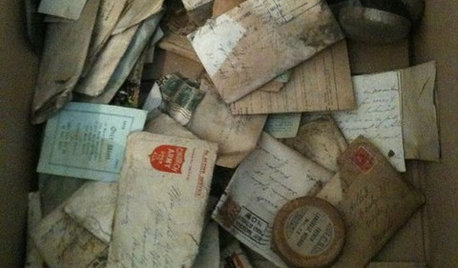
REMODELING GUIDESYou Won't Believe What These Homeowners Found in Their Walls
From the banal to the downright bizarre, these uncovered artifacts may get you wondering what may be hidden in your own home
Full Story
BUDGET DECORATING15 Summery Decorating Ideas That Won't Break the Bank
Transport yourself seaside with a bit of paint or a few airy accessories
Full Story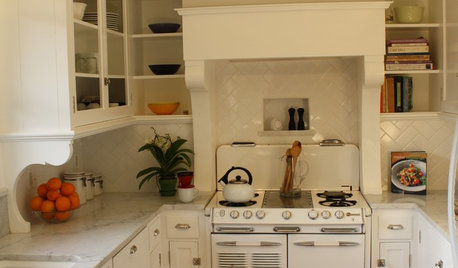
SMALL SPACES10 Tiny Kitchens Whose Usefulness You Won't Believe
Ingenious solutions from simple tricks to high design make this roundup of small kitchens an inspiring sight to see
Full Story
FURNITURE12 Sofa Colors That Won't Box You In
With any of these colors as a base, you can change your decor as often as you change your mind
Full Story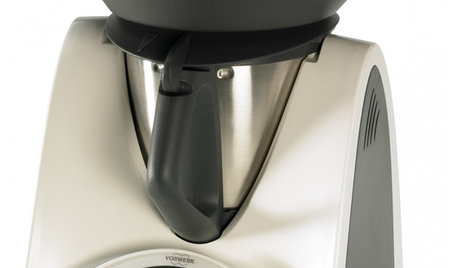
HOME TECH3 Kitchen Contraptions You Won’t Believe
Pizza hot from the printer, anyone? These cooking gadgets harness imagination and high tech — and have price tags to match
Full Story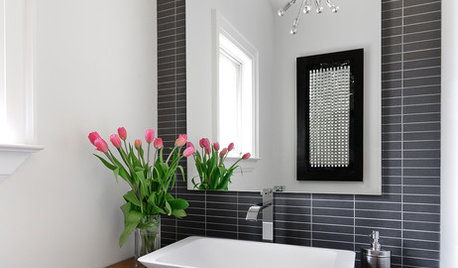
BATHROOM MAKEOVERS9 Powder Room Splurges You Won’t Regret
Make a big statement in your smallest room
Full Story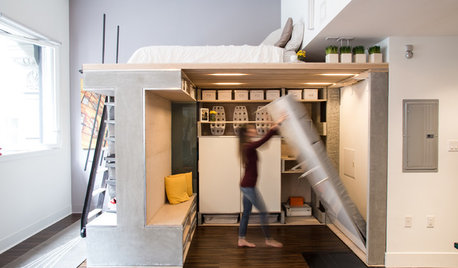
SMALL SPACESHouzz TV: You Won’t Believe Everything This Tiny Loft Can Do
Looking for more floor space, a San Francisco couple hires architects to design a unit that includes beds, storage and workspace
Full Story
DECLUTTERINGDecluttering — Don't Let Fear Hold You Back
Sure, you might make a mistake when tackling a decluttering project, but that's OK. Here's why
Full Story
UNIVERSAL DESIGNMy Houzz: Universal Design Helps an 8-Year-Old Feel at Home
An innovative sensory room, wide doors and hallways, and other thoughtful design moves make this Canadian home work for the whole family
Full StorySponsored






mebarry117
Peej_NJOriginal Author
Related Professionals
Palm Springs Landscape Architects & Landscape Designers · Woodinville Landscape Architects & Landscape Designers · Washington Landscape Architects & Landscape Designers · Alexandria Landscape Contractors · Cornelius Landscape Contractors · Salem Landscape Contractors · Seminole Landscape Contractors · St. Louis Landscape Contractors · Vallejo Landscape Contractors · Winchester Landscape Contractors · Burlington Fence Contractors · Clarksburg Fence Contractors · Downey Fence Contractors · Parkland Fence Contractors · San Rafael Fence Contractorsbirdgardner
Spotts
wardw
oldroser
njtea
Peej_NJOriginal Author
Loretta NJ Z6
Peej_NJOriginal Author
steve_nj
Peej_NJOriginal Author
steve_nj
Peej_NJOriginal Author
serveta
agardenstateof_mind
weedwoman